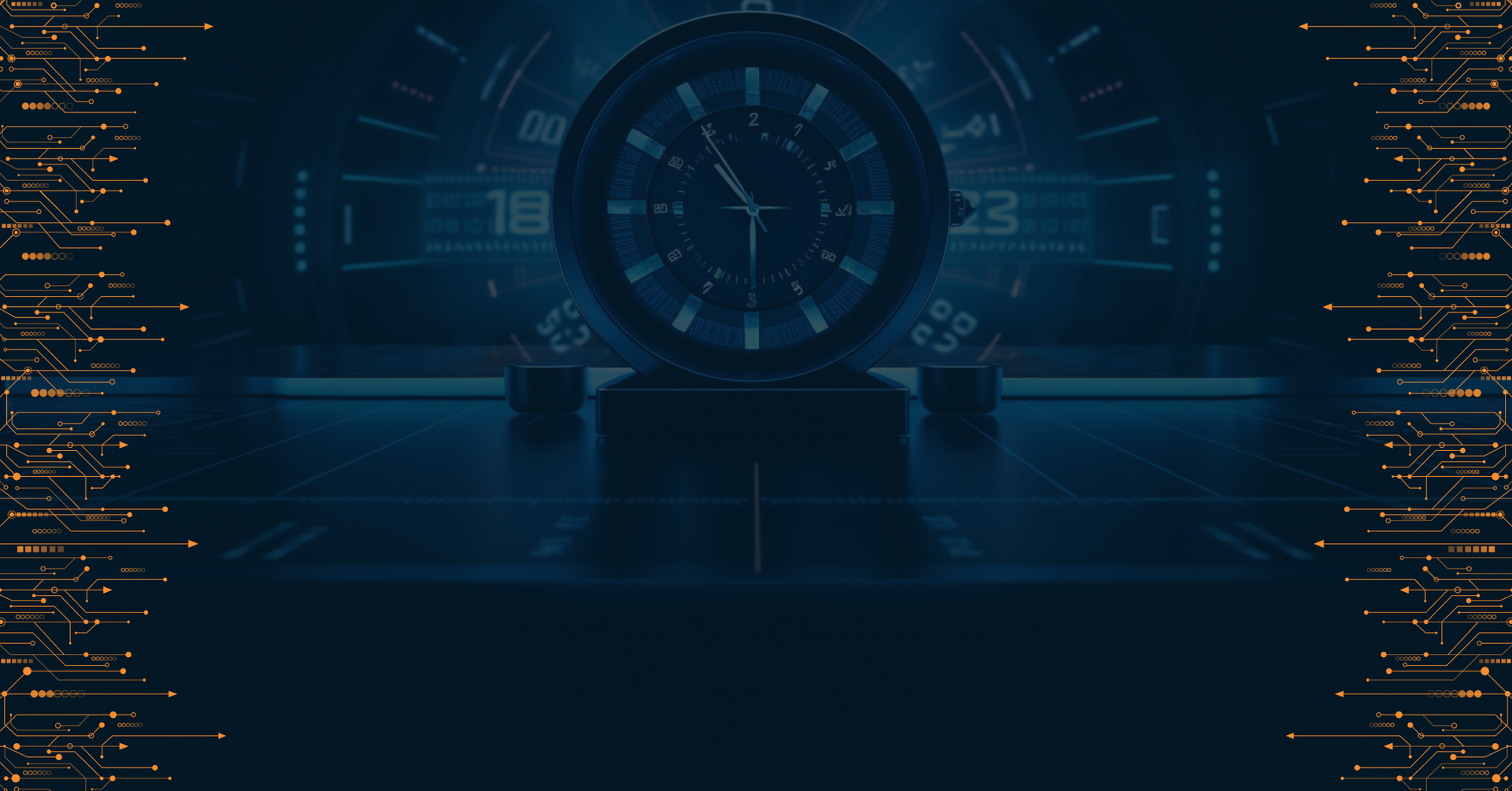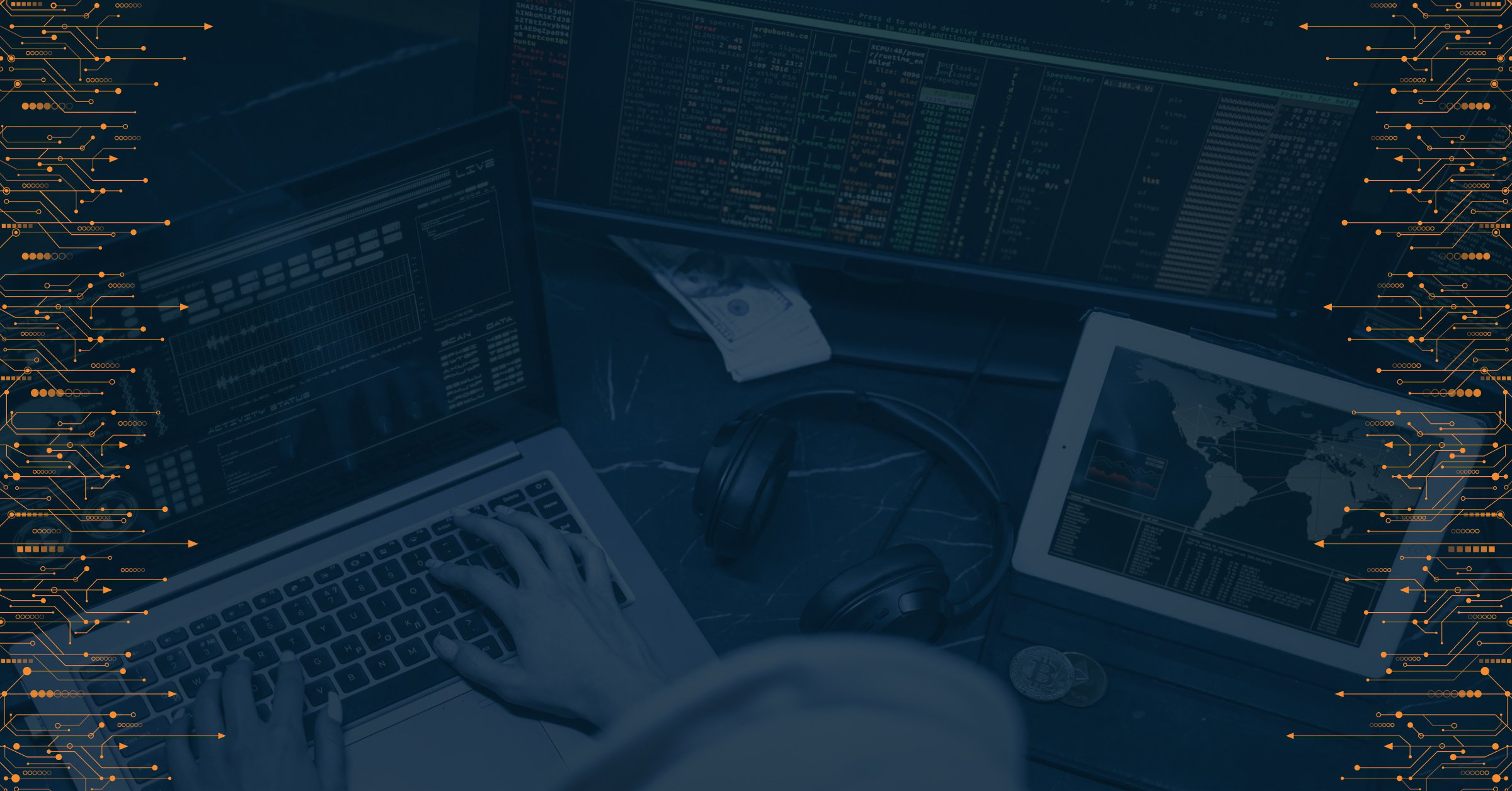In digital times, the practice of cyber espionage has become a trend to gain access to highly confidential information about the geopolitical structures and business landscapes of different nations. Although covertly, various countries and businesses utilize cyber espionage tactics as part of their strategic objectives aiming to disrupt infrastructure and intervene in political scenarios.
Moreover, cyber espionage may also be employed for cyber terrorism or cyber warfare to interfere with public services and infrastructure to harm opponents. Cyber espionage focuses on corporations, governmental agencies, educational institutions, research centers, and any organization that possesses intellectual properties and other digital assets. It also involves targeting individuals, like political figures, to obtain confidential data.
Understanding the Growing Threat of Cyber Espionage
How can new technologies help in the fight against cyber espionage? New technologies combat cyber espionage by utilizing intelligence to detect threats. To counter the rising instances of cyber extortion, blockchain for data management and quantum cryptography can further strengthen unbreakable encryption. Effective cybersecurity measures should encompass proactive threat intelligence solutions like BLINDSPOT, which aims to protect companies from cyberattacks and potential cyber warfare. Additionally, companies should implement data protection protocols, thorough threat detection and incident response planning, employee training programs and collaboration with industry peers to share information to alleviate cyber espionage risks.
What steps can organizations take to adjust their cybersecurity approaches to mitigate these risks? To effectively tackle the growing complexity of cyberspace spying, organizations must have strategic objectives. Cybersecurity strategies should keep pace with evolving tactics employed by cybercriminals. Vital strategies include threat intelligence practices that involve active monitoring of emerging threats and leveraging threat intelligence resources to anticipate and prepare for unauthorized access attempts.
What are the real-world impacts of cyber espionage on the business environment? Cyber spying is a method that uses technology to gain access to, monitor and retrieve information. These strategies include tactics like malware and phishing attacks, which can pose security risks. The rise in disputes and lack of trust between nations have heightened tensions in the realm leaving global businesses susceptible to intellectual property theft, financial loss, and market instability.
How do malicious campaigns such as Paperbug underscore the importance of taking steps to safeguard data and mitigate potential fallout from major data breaches? The Nomadic Octopus threat group is an example of a malicious actor engaging in cyber espionage practices. It has been focused on infiltrating databases belonging to Tajikistan's government officials, public services, and telecommunications sector. This targeted operation, known as Paperbug, has shown the dangers of cyber espionage and its dire consequences for the victims.
This blog delves into the intricacies of cyber espionage by examining trends, defining its characteristics, and exploring its impacts on global relations and business landscapes. This discussion aims to shed light on the complexities of cyber spying by understanding preventive strategies against cyber espionage.
Consequences of Cyber Espionage and Their Global Impact
How does cyber espionage affect the erosion of trust between nations and ultimately rise in diplomatic tensions?
Cyber espionage has significant implications worldwide, not just for the intended victims but also concerning wider geopolitics. Cyber espionage has two key effects, namely, a trust deficit and an escalation in diplomatic tensions:
Trust in international relations, trade, and global business impacts the free and fair financial and political system. Cyber spying infiltrates law enforcement agencies and corporations. They intrude into individuals', corporations', or national privacy and security systems. When sensitive information is stolen or manipulated, it erodes trust between governments, businesses, and citizens.
How have global diplomatic affairs been impacted directly by cyber espionage undertakings? Diplomatic relations can be devastating between countries when government institutions are targeted for cyber espionage. People's confidence can be affected when hacking companies steal confidential data such as customer data and intellectual property. It can have detrimental consequences on diplomatic affairs between two countries. This can result in incurring economic losses due to customers' reluctance to engage with businesses. They cannot adequately protect their information because of instability in the market.
How did the Nomadic Octopus cyber espionage group destroy Tajikistan's diplomatic affairs and erode trust levels? Take the example of the Nomadic Octopus espionage group. Since 2020, the Nomadic Octopus espionage group has been operational, and this has exposed a lot of their tactics and targeting preferences. The target operations of this group are to find governmental data about telecommunication services and public service infrastructures of Tajikistan. The specifics of their targets explain their methods and tactics.
Insider Threats and Their Relation to Cyber Espionage
How do insider threats contribute to weaknesses in organizational structures that could lead to cyber espionage practices? Well, insider threats refer to risks from people within an organization who abuse their access to sensitive stuff to steal it. This helps outsiders spy on the company. There are a few types of insider threats.
Malicious Threats
The insiders want to steal secrets and data to sell it, help another country, or do something shady. Since they already work there, it's easier for them to get around security and take confidential information without getting caught right away.
Compromised Threats
Some insiders don't mean to help outsiders spy but get tricked into it. Hackers use phishing and malware to get control of their accounts and computers. Then, the hackers have access to restricted systems and data, all through that employee's account. The employee doesn't even realize they gave the keys away. However, in some cases, the employees can be threatened unless they cooperate with the threat actor, which can also result in additional compromise of confidential data.
Negligent Threats
Some insiders just make mistakes because they don't follow security procedures or get careless. Like if they fall for a fake IT support call asking for their password. Or they email proprietary information to the wrong person. The negligent insider isn't trying to steal anything per se, but they still end up – although unwillingly - helping the malicious actors.
Dissatisfied Employees
Discontented workers can cause problems if they decide to get back at their company. They know the systems and might take or ruin important information, and companies also have to watch partners or vendors who can see private stuff. If the business isn't careful, those outsiders could steal data or secrets on purpose or by accident.
Third-Party Threats
It's risky for an insider to get their hands on sensitive things without enough oversight. Hacked-off staff members can do damage, especially since they already have company access to exploit for their own monetary gains. They may think leaking data or disrupting systems is a way to malign opponents.
Preventive Measures Against Cyber Espionage Threats
What should be the vital initiatives for the corporate sector and government agencies to protect against cyber espionage threats? Government law enforcement agencies must navigate corporate entities and political, regulatory bodies to take corrective actions against cyber espionage. Mitigating cyber espionage threats requires a multifaceted approach that addresses both external and internal vulnerabilities, including the risk of insider threats.
To effectively detect cyber espionage activities organizations must utilize technologies, like Intrusion Detection Systems (IDS), Intrusion Prevention Systems (IPS), and Security Information and Event Management (SIEM) solutions or unified threat intelligence solutions. These systems reduce the chances of data breaches and unauthorized access creating a space for sharing communications and confidential information.
These tools allow organizations to keep an eye on network traffic, identify behavior patterns and link security events as they happen. This empowers security teams to proactively defend against cyber threats. The continuous learning and adaptation to data, by machine learning and AI-driven solutions, enhance the accuracy and speed of threat detection, giving organizations the flexibility needed to outsmart cyber adversaries in today's changing threat landscape.
Defending against cyber espionage threats necessitates a front, with participation from businesses, government entities and regulatory bodies. Using cutting-edge technologies that improve the ability to detect insider threats and fortify guidelines, companies can reduce the dangers associated with cyber espionage. Protect valuable data and essential infrastructure from malicious individuals in the current digital environment.
Recent Trends in Cyber Espionage
Recent developments in cyber espionage point to a range of targets and strategies used by threat actors. While government and military bodies are still objectives, there is a shift towards sectors such as healthcare, education, and critical infrastructure. This expansion is coupled with the adoption of tactics like email fraud, manipulation attacks on supply chains and exploiting vulnerabilities to breach networks. We will discuss some cyberespionage trends in recent years in the following section:
- The increase in cyber spying is closely tied to tensions and growing competition among countries. Governments are turning more to cyber espionage to collect intelligence and influence foreign policy decisions. This rise in state-sponsored activities leads to an aggressive environment in the digital realm.
- There is a growing trend of collaboration among threat actors that includes cybercriminals, state-backed groups and hacking organizations. This teamwork blurs the lines between threat actor categories. Presents significant obstacles for cybersecurity defenders.
- Cyber espionage for economic reasons has become a focus in cyber spying activities, especially regarding the theft of trade secrets and intellectual property. Both government-backed operatives and cybercrime syndicates target businesses across sectors aiming to obtain information for financial profit or competitive edge.
- The changing face of cyber espionage exposes a more complex and threatening environment with broader targets, complex tactics, rivalry between countries, monetary rewards, and alliances between malicious actors. These partnerships include prevention strategies and global coalitions to fight cyberespionage.
- The surge in cyber espionage is closely tied to contexts amid heightened competition among nations in cyberspace. With tensions rising between governments, there is an increased reliance on cyber espionage, for intelligence-gathering purposes and influencing foreign policy decisions to gain advantages over adversaries.
- Regulatory bodies and policymakers play a role in creating rules and laws to prevent cyber espionage and hold those accountable. By enforcing penalties for stealing property and offering assistance to victims, governments can make it harder for cybercriminals and state-sponsored groups to exploit economic factors for their benefit.
To sum up, the theft of trade secrets and intellectual property poses a threat in the world of cyber espionage that continues to evolve. Collaboration among actors, both domestically and internationally, highlights the importance of taking steps to safeguard valuable assets and promote innovation in today's digital landscape.
Conclusion
In this blog, we have highlighted recent trends in cyber espionage, cybersecurity measures to combat cyber espionage, insider threats, and the consequences of cyber espionage on the global landscape. We have pointed out the example of the Nomadic Octopus cyber espionage operations to access Tajikistan's highly confidential and sensitive data. The case study has thrown light on the adversarial tactics utilized in cyber espionage endeavors.
We have also discussed the strategies to combat cyber espionage. Data security initiatives to protect sensitive information from tampering, such as strong encryption, access existence, and data loss prevention solutions, are needed to minimize the chances of successful theft attempts targeting valuable data assets. Establishing clear lines of communication, cooperating with law enforcement, and implementing prevention and detection measures, along with employee training and feedback programs, are of particular importance.
Therefore, both countries and individual organizations must have a holistic cybersecurity strategy that can reduce the risks of cyber espionage, secure their sensitive databases, and prevent their (geopolitical) structures from being compromised by potential economic loss and cyberwarfare.

PRODAFT Team
Stay up to date
Browse Posts
Browse by topics
- Cybercrime awareness (15)
- Cybersecurity for Businesses (10)
- Risk management (7)
- Cybersecurity Tips (6)
- Digital safety (6)
- Proactive Threat Intelligence (6)
- Cyber threat protection (5)
- Cyberattacks (5)
- Risk intelligence (5)
- Threat Prevention (5)
- Data Protection (4)
- Network Security (4)
- Phishing (4)
- Supply chain risks (4)
- TTPs (4)
- Artificial intelligence (3)
- Critical network infrastructures (3)
- Malicious websites (3)
- Malware (3)
- Social engineering (3)
- Data breaches (2)
- Insider Threats (2)
- NIS2 Directive (2)
- Ransomware (2)
- CISOs (1)
- Cryptocurrencies (1)
- Cyber espionage (1)
- Cyber extortion (1)
- Cyber fraud (1)
- Cybersecurity Collaboration (1)
- DDoS Attacks (1)
- Deepfakes (1)
- DoS Attacks (1)
- Fake social media (1)
- Incident Response (1)
- Internet of things (1)
- Money Laundering (1)
- Multi-factor authentication (1)
- One-day vulnerability (1)
- Remote Work (1)
- Stealers (1)
- SystemBC (1)
- The Cyber kill chain (1)
- Threat Intelligence solutions (1)
- Tor browser (1)
- Traffic Distribution System (1)
- Zero-day vulnerability (1)
- dark web (1)
- deep web (1)
- keyloggers (1)
- social media (1)
- spoofing (1)
- threat detection (1)













![Compliance with the NIS2 Directive: What Can EU Businesses Do? [Part 2]](https://resources.prodaft.com/hubfs/Europian%202.jpg)


![What EU Businesses Need to Know to Ensure Efficient Compliance with The NIS2 Directive? [Part 1]](https://resources.prodaft.com/hubfs/Europian%201.jpg)



